Nice.
A novel quantum algorithm, which exploits the relation between the Lindblad master equation, stochastic differential equations, and Hamiltonian simulations, is proposed to simulate open quantum systems on a quantum computer.

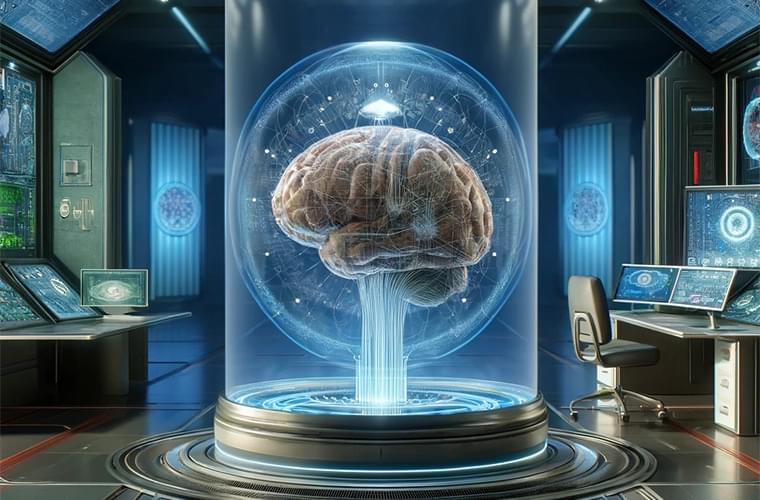
Researchers say this novel device, barely larger than a human hair, functions as an artificial synapse, mimicking the brain’s unique ability to process and share information.
“The brain’s computing principles (neurons connected by synapses) and information carriers (ions in water) both differ fundamentally from those of conventional computers,” researchers wrote. “Building on this distinction, we present an aqueous memristor that emulates the brain’s short-term synaptic plasticity features through ion transport in water, mirroring the natural processes in the brain.”
In their findings, recently published in the Proceedings of the National Academy of Sciences, researchers highlighted that the iontronic memristor marks a significant departure from earlier models designed to mimic the brain’s communication pathways. Moreover, the device uniquely emulates the dynamic processes of human synapses in real time, using only salt and water to closely replicate how neurons transmit information naturally.

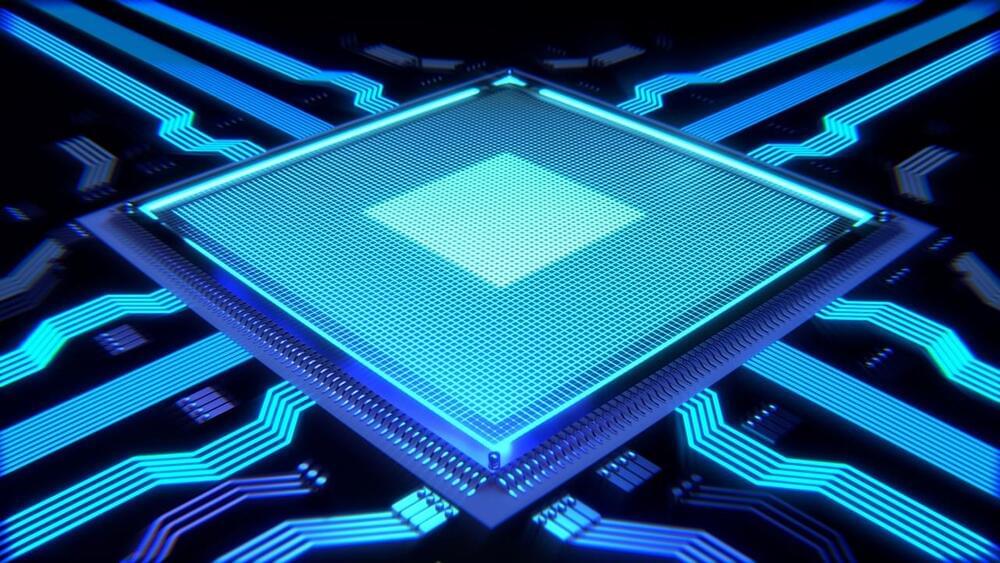

We present a novel model of neuroplasticity in the form of a horizontal-vertical integration model. The horizontal plane consists of a network of neurons connected by adaptive transmission links. This fits with standard computational neuroscience approaches. Each individual neuron also has a vertical dimension with internal parameters steering the external membrane-expressed parameters. These determine neural transmission.

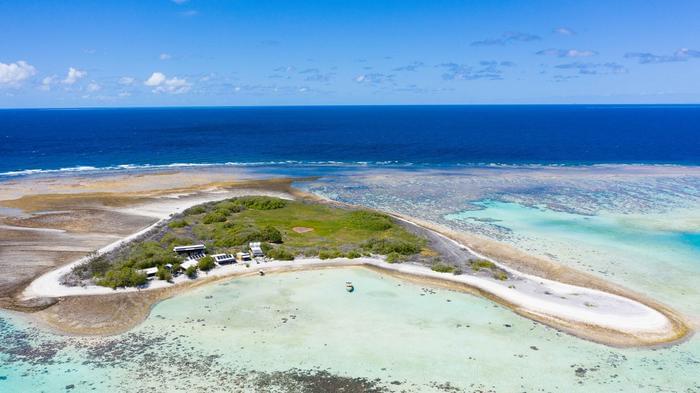
“This study has given us an historical picture of how the emerging modern reef responded to huge environmental stress,” said Dr. Jody Webster.
What events caused the Great Barrier Reef to become what it is today, specifically over the course of the last six to eight thousand years, or just after the last Ice Age? This is what a recent study published in Quaternary Science Reviews hopes to address as a team of international researchers conducted an in-depth scientific analysis on various aspects of the Great Barrier Reef to ascertain the environmental factors that contributed to the Reef’s present conditions. This study holds the potential to help scientists better understand how reefs evolve over time and the environment’s role in their evolution.
For the study, the researchers drilled almost two dozen coral samples and analyzed them using a variety of methods, including computer tomography, scanning electron microscopy, and X-ray diffraction to ascertain yearly growth patterns within the coral samples. In the end, they determined that environmental factors, including increased water temperatures, ocean turbulence, and rising sea levels, led to increased nutrients, which contributed to the growth of the Great Barrier Reef, and is consistent with previous studies.

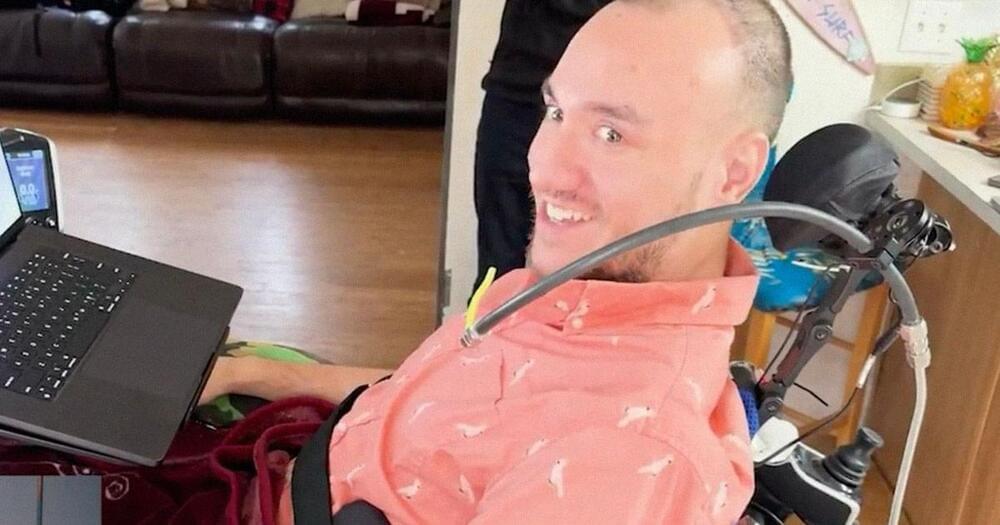
Not ideal!
In January, multi-hyphenate billionaire Elon Musk announced that his brain-computer interface startup Neuralink had successfully implanted a wireless brain chip into a human subject for the first time.
Over the next couple of months, 29-year-old Noland Arbaugh was shown moving a cursor with his mind, playing Civilization VI and even a fast-paced round of Mario Kart.
But as the Wall Street Journal reports, there have been complications behind the scenes. After it reached out to Neuralink, the company conceded in a blog post that there have been issues with the implant.
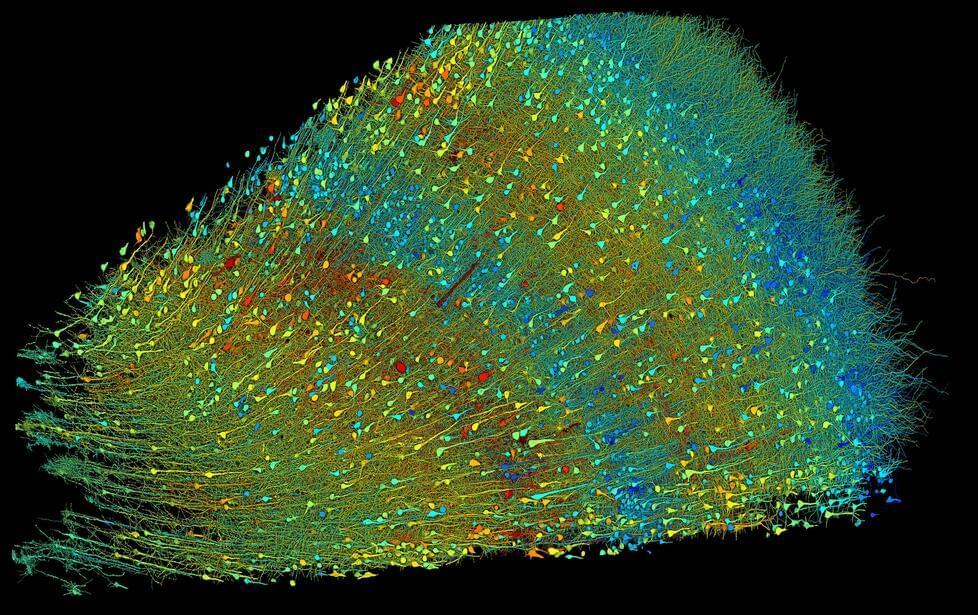
Reconstruction of 1 mm3 of human brain (at 1.4 petabytes of EM data) published by @stardazed0 (@GoogleAI) & Lichtman lab.
Paper: https://science.org/doi/10.1126/science.adk4858
Blog:
Marking ten years of connectomics research at Google, we are releasing a publication in Science about a reconstruction at the synaptic level of a small piece of the human brain. We discuss the reconstruction process and dataset, and we present several new neuron structures discovered in the data.